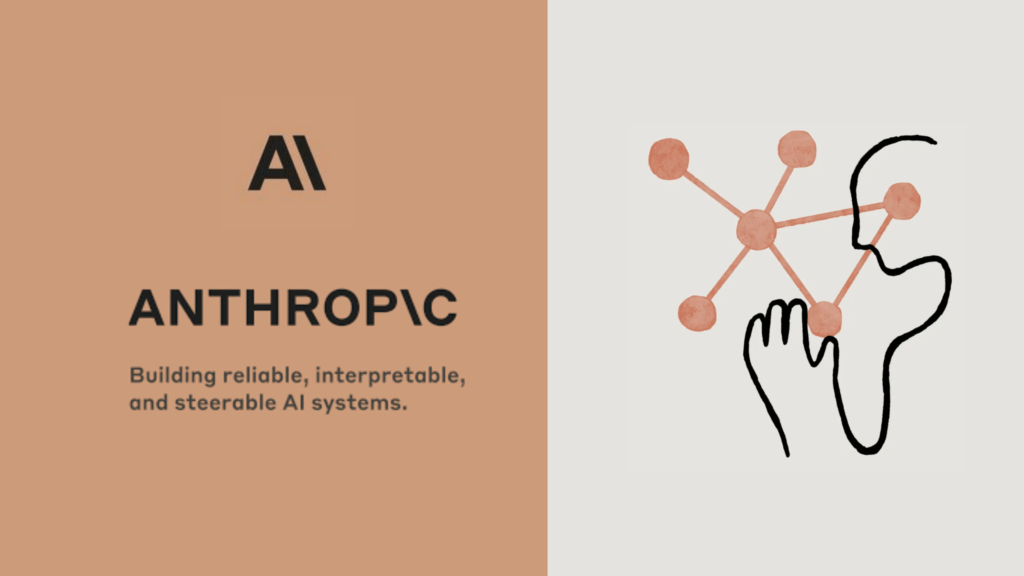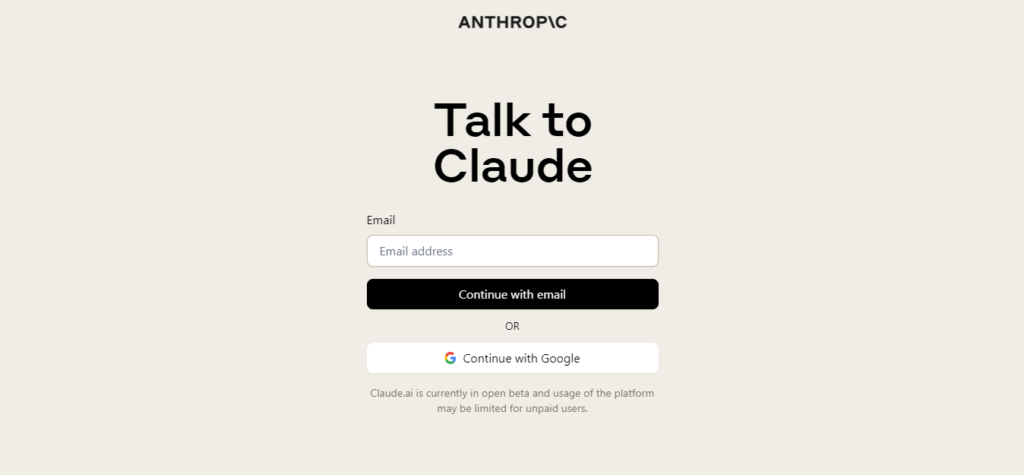Anthropic Claude 2 is a revolutionary artificial intelligence (AI) chatbot that is ready to take on the big boys like ChatGPT by OpenAI and BARD by Google.

Artificial intelligence (AI) has been rapidly advancing in recent years, with companies like OpenAI and Google at the forefront of developing powerful chatbots.
One notable player in this field is Anthropic, an AI startup founded by former executives of OpenAI. Anthropic has recently made waves with the release of its latest AI chatbot, Claude 2.
This innovative chatbot is set to rival popular chatbots like OpenAI’s ChatGPT and Google’s Bard, offering improved conversational abilities and longer responses.
Table of Contents
Introducing Anthropic Claude 2: The Powerful AI Chatbot
Anthropic Claude 2 represents a significant leap forward in AI chatbot technology.
This new version boasts enhanced conversational capabilities, making it easier than ever to engage in natural and meaningful interactions.
With its advanced language model, Claude 2 can generate more extended and contextually relevant responses, providing users with a more satisfying and human-like conversation experience.
Expanded Access and Improved Performance
Anthropic Claude 2, the latest version of Anthropic’s chatbot, is now available to the public through a user-friendly beta website and an API integration.
This move marks a significant milestone for Anthropic, as it opens up its chatbot technology to individual consumers for the first time.
The beta testing phase has already seen successful integration with popular platforms such as Slack, Zoom, and Notion.
Anthropic has put considerable effort into improving the underlying safety of Anthropic Claude 2.
The company claims that this new version is less likely to produce harmful outputs compared to its predecessor, addressing concerns about bias and misinformation often associated with AI chatbots.
Claude 2’s Impressive Capabilities
The Anthropic Claude 2 language model offers a wide range of functionalities, making it a versatile tool for various tasks.
Users can leverage Claude 2’s language model to summarize text, write documents, and even assist with coding and math problems. With the ability to process up to 100,000 tokens in a single prompt, Claude 2 outperforms its predecessor, Claude 1.3, which had a token limit of 9,000.
This dramatic increase in processing power enables Claude 2 to provide more nuanced and contextually accurate responses.
Anthropic Claude 2 vs. ChatGPT: A Comparison
OpenAI’s ChatGPT chatbot has been popular among users seeking AI-generated responses, but Claude 2 aims to challenge its dominance by offering improved performance in several areas.
In tests, Claude 2 scored slightly higher on the multiple-choice section of the bar exam, showcasing its ability to comprehend complex legal concepts. Additionally, Claude 2 has demonstrated superior coding skills, achieving a higher score on a Python coding test compared to ChatGPT.
While both ChatGPT and Claude 2 have their strengths, Claude 2’s enhanced conversational abilities and improved performance make it a compelling alternative for users seeking a powerful AI chatbot.
Ensuring Ethical and Responsible AI
Anthropic is a company that places a strong emphasis on ethical and responsible AI development. The company has implemented robust safety measures, including regular evaluations to identify and mitigate harmful outputs.
The company’s commitment to creating a safe and reliable AI chatbot sets it apart from competitors and reassures users of its dedication to responsible AI deployment.
There is a need to ensure ethical and responsible AI in order to maintain public trust and confidence in the technology.
This includes ensuring that AI is used for beneficial purposes, minimising risks, and ensuring that data is used responsibly.
Furthermore, it is important to be transparent about how AI is being used and to ensure that there are adequate controls in place to mitigate risks.
Accessing Anthropic Claude 2: A Simple Process

To experience the capabilities of Anthropic Claude 2 firsthand, users in the United States and the United Kingdom can visit Anthropic’s website and sign up for free.
By clicking on the “Talk to Claude” button and providing an email address, users gain access to Claude 2’s extensive features.
It’s important to note that Claude 2 is currently in beta, and certain features may be limited for free users.
The Future of AI Chatbots

Artificial Intelligence technology is poised to revolutionize various industries and sectors. From education and healthcare to advertising and customer service, the potential applications of AI chatbots are vast.
There is no doubt that AI chatbots are here to stay and that their future is looking bright.
With the rapid advancement of artificial intelligence and natural language processing technologies, chatbots are becoming more and more sophisticated and are able to provide a more human-like experience to users.
In the future, AI chatbots will become even more widely used and will continue to evolve and become more intelligent. They will be able to handle more complex tasks and conversations, and will become an essential part of our lives.
Anthropic’s commitment to improving the safety and performance of Claude 2 positions the company as a driving force in the development of responsible and effective AI chatbot solutions.
Is Claude 2 Free?
Yes, Anthropic’s Claude 2 is free to use. You do not have to pay anything to use it. So, you can take the full benefit of its features and technologies for free. It can be accessed by visiting Anthropic’s website and signing up there for free. An email address would be required to sign up and once you are signed up, you can start using it.
Conclusion
Anthropic’s Claude 2 represents a significant advancement in AI chatbot technology. With its enhanced conversational abilities, improved performance, and commitment to ethical AI development, Claude 2 is set to make waves in the AI industry.
As users continue to explore the capabilities of Claude 2, we can expect to see exciting advancements in AI chatbot technology and its applications across various domains.